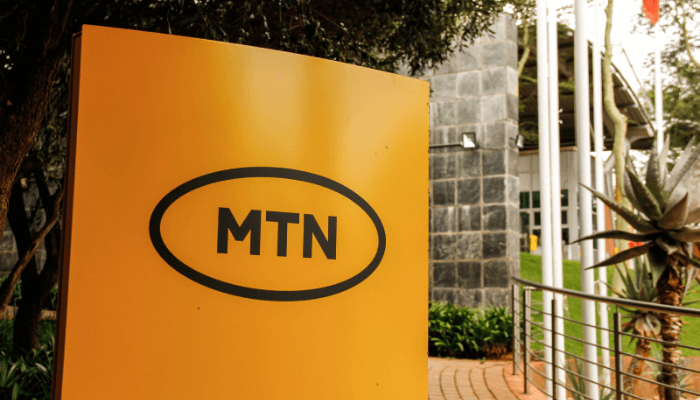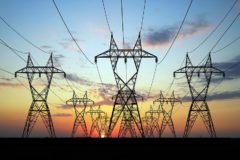According to the South African Reserve Bank’s (SARB) Financial Stability Review, load shedding is expected to detract two percentage points from the country’s overall economic growth this year.
Furthermore, SARB also states that load-shedding may add 0.5 percentage points to headline inflation in 2023. This is because the high operating costs of running diesel generators are passed to consumers, and higher rates of wastage and spoilage, especially along food value chains, lead to possible goods shortages.
The reserve bank also noted that load shedding will likely adversely impact other macroeconomic variables. These include causing a contractionary effect on growth that could hamper a sustained recovery in employment—causing unfriendly investor sentiment which would raise South Africa’s risk premium and pressure on the exchange rate.
“The transition of households to alternative energy sources is likely to widen the already skewed income and development distribution in South Africa, as it is mainly middle- to high-income households that can invest in alternative energy sources, while poorer households are largely without recourse,” the bank said in the review report.
A risk to financial stability
SARB states that load shedding continues to act as a risk factor to the country’s financial stability. To start with, the prevalence of higher stages of load-shedding poses an immediate risk to the efficient functioning of infrastructure such as automated teller machines (ATMs) and cellular networks, which are crucial for the smooth functioning of the financial system. Load shedding also contributes directly to increased insurance claims and
higher excess costs as outage-related claims from households and businesses
mount. It has led to an increase in the number of insurers excluding load shedding-related claims from insurance policies.
Despite the announcement of mitigation efforts for load shedding during the country’s budget review this year, SARB only expects the efforts to start bearing any fruit in the next 12 to 18 months. This means load-shedding will remain severe and impact economic activity negatively over at least the next 12 months.
Getting ready for the worst-case scenario
According to the governor of the central bank, Lesetja Kganyago, the bank’s Financial Sector Contingency Forum (FSCF) is working on a contingency plan for the ‘unlikely’ but not ‘impossible’ scenario of a national grid failure.
“In line with the role and function of the FSCF, current efforts are centred on developing, coordinating and testing contingency plans to mitigate the impact of a national grid shutdown on the financial system and the economy,” said Kganyago.
Earlier this month, Eskom warned that it might need to implement high stages of load shedding in order to meet surging demand during the winter months but refuted claims of a possible grid collapse.





















